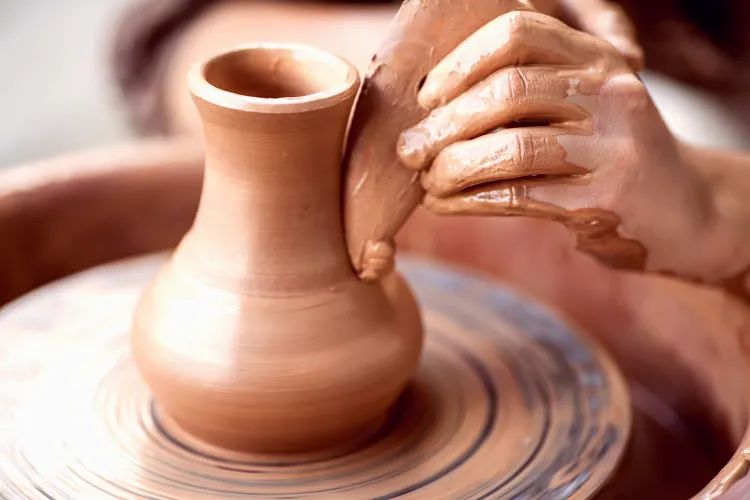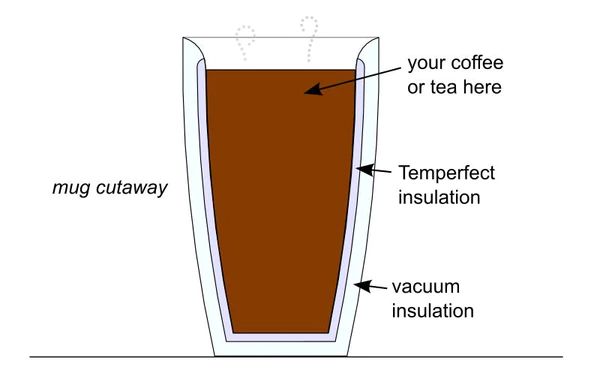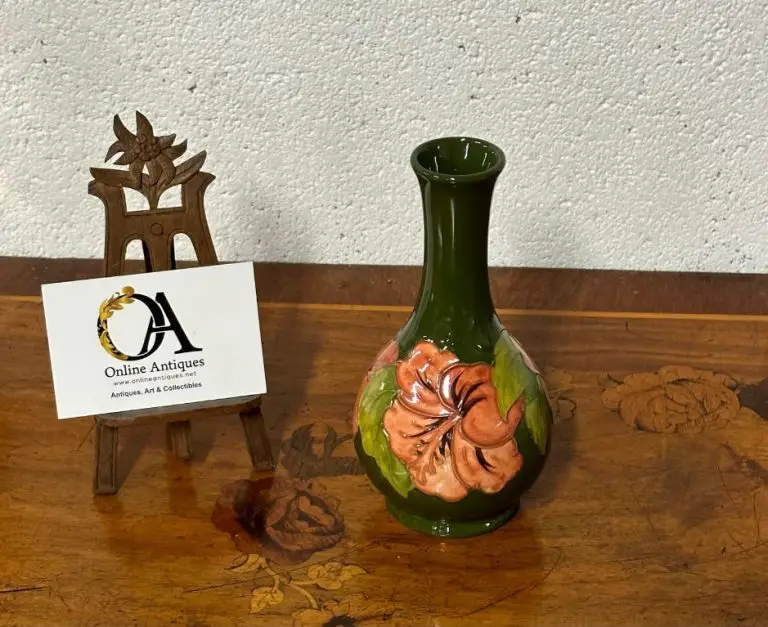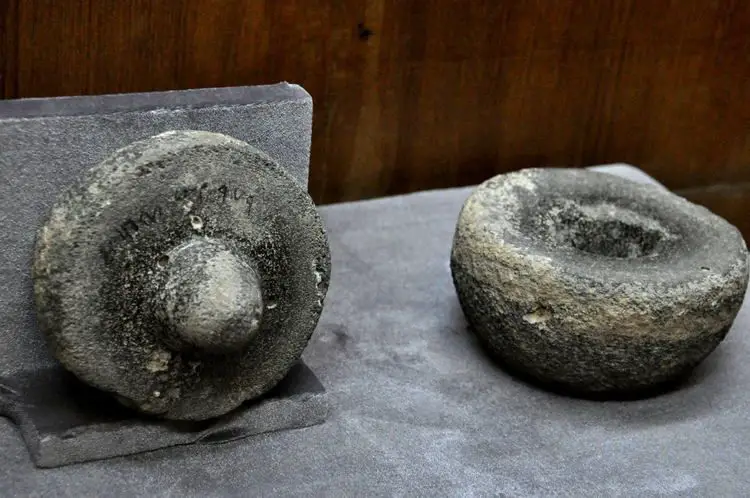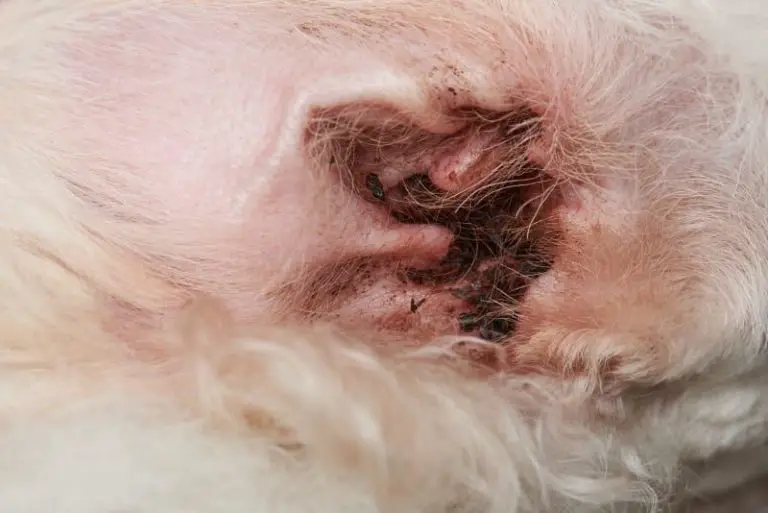Is Glass Fusing An Expensive Hobby?
Glass fusing refers to the process of joining together compatible pieces of glass at high temperatures in a kiln, typically between 700°C and 820°C. As a hobby, glass fusing allows beginners and experts alike to create unique works of art by fusing together different colors and shapes of glass. With proper equipment like a kiln, glass, tools, and safety supplies, glass fusing provides an outlet for creativity and self-expression through glass. It produces stunning results as layers of glass merge into new forms, while retaining their color and texture. As a hobby, glass fusing requires some initial investments in equipment and supplies, but the possibilities for creation are endless.
Upfront Costs
The most significant upfront cost when getting started with glass fusing is purchasing a kiln. An entry-level kiln suitable for small projects can cost between $300-$1000, while more advanced kilns with additional features run from $2000-$6000 (https://www.soulceramics.com/pages/best-kilns-for-glass-fusing). Popular beginner models include the Olympic GF214ETLC and the Skutt GM1227-3 (https://www.americanglasssupply.com/kilns/).
Aside from the kiln, you’ll need glass sheets or frit, tools like grozers, cutters, and mandrels, and safety equipment like glasses and gloves. A basic starter kit of glass and tools can cost $200-$500. Ongoing costs for materials and tools tend to be relatively low, around $50-100 per project depending on the size and complexity (https://kilnfrog.com/collections/glass).
Ongoing Costs
While the initial costs of getting into glass fusing may seem high, the ongoing costs are relatively low. The main ongoing expenses are electricity, glass, and tools.
Fusing glass requires a kiln, which uses electricity to heat up to high temperatures. Most hobby kilns use 200-250 watts during normal operation. Based on average electricity prices, expect to pay $2-5 per firing in electricity costs, depending on the size of your kiln and length of firing cycle (Source).
Replacing glass can add up over time, but many hobbyists find creative ways to reduce costs. Purchasing factory seconds or scrap glass in bulk is an affordable option. Glass subscriptions offer monthly deliveries of discounted glass at around $30-70 per month (Source). Spreading out glass costs monthly helps make the expense more manageable.
Tool costs are relatively minimal after the initial investment. Replacement tools like grozers, runners, and brushes may be needed every few years. Having a basic set of standard equipment helps reduce ongoing tool expenses.
Factors Influencing Cost
The cost of glass fusing as a hobby can vary significantly depending on your level of experience and the types of projects you take on. As a beginner, you will likely face higher upfront costs for equipment like a kiln, workshop tools, and basic glass. However, as you gain experience, you can reduce costs by purchasing glass in bulk quantities, making your own frit, and attempting more ambitious projects using scrap glass or found objects.
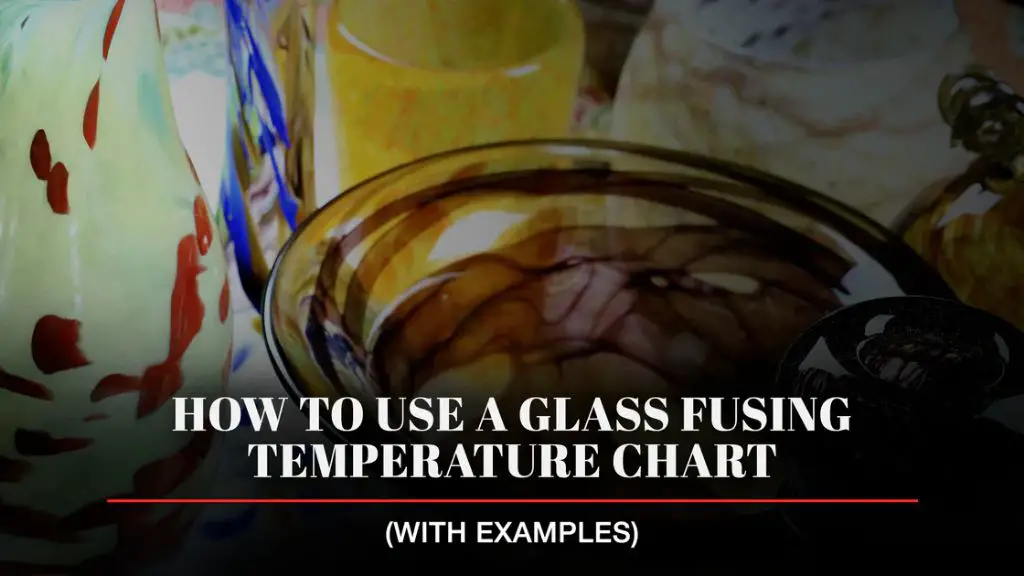
The complexity of your fused glass projects will also impact the cost. Simple pendants, coasters or small plates will require less time, effort and materials than constructing a large wall installation or sculptural piece. The latter may necessitate purchasing specialized glass like dichroics or hiring a professional to fire a large kiln. As your skills advance, you can offset costs by selling your artwork or teaching fusing classes. However, in the initial learning phases, it’s smart to start small with inexpensive glass and basic projects.
According to The Chicago School of Glass Art, a beginner fusing and forming class costs around $135 for 3 sessions and includes basic materials and kiln firing fees https://chicagoschoolofglassart.wordpress.com/fusing-and-slumping/. This gives a sense of the introductory costs. Over time, with practice and efficiency, seasoned glass fusers can reduce their material costs for projects.
Ways to Save
There are a few ways to save money with glass fusing so it doesn’t have to be as expensive of a hobby.
Buying used equipment is one of the best ways to save money when getting started. Used kilns, glass grinders, and other tools can often be found at a fraction of the cost of buying them new. Check sites like Craigslist, Facebook Marketplace, and eBay for deals on used equipment. When buying used, be sure to inspect equipment closely and test it out before purchasing.
Batch projects is another great technique for saving money with glass fusing. This involves planning out several projects at once that use similar colors of glass. Then you can buy glass in bulk since you’ll need the same colors for multiple pieces. This takes more planning but reduces how much glass needs to be purchased over time. Buying sheet glass and cutting it down into the sized needed for projects saves money over purchasing pre-cut glass.
Overall, buying used equipment and planning batch projects to maximize glass purchases are great ways to save on costs with glass fusing. This helps make the hobby more affordable, especially when starting out.
Average Yearly Cost
Based on surveys of glass fusers, the average yearly cost of glass fusing as a hobby ranges from $500 to $2000 per year (https://www.quora.com/How-much-does-it-cost-to-get-started-with-a-stained-glass-hobby). This accounts for the costs of equipment, tools, glass materials, studio fees or kiln electricity, classes, and other recurring expenses. For beginners, costs tend to be lower in the first year, around $500-1000, as the initial investment in basic tools and equipment has been made. In subsequent years, as skills grow, fusers tend to spend more on higher quality glass, additional tools, and more projects, increasing the yearly costs. Experienced fusers with large studios and specialized equipment may spend $2000 or more per year. Geographical region also impacts costs, with access to studios, classes, and materials varying.
Key factors increasing yearly costs are volume of projects, size/complexity of pieces, types of glass used, access to studios/classes, and continued investment in new tools. However, yearly costs can be minimized by buying glass and supplies in bulk, reusing scrap glass, selling finished pieces, and collaborating to share equipment costs.
Cost Comparison
Compared to other popular hobbies, the costs associated with glass fusing can vary quite a bit depending on the approach. For example, according to Fused Glass, starting with a kiln and basic glass supplies can cost around $1000 to get started. However, some hobbies like golf or boating have very high startup costs as well, with boats easily costing over $10,000. On the other hand, hobbies like reading, writing, or running have minimal startup costs.
Ongoing costs for glass fusing, such as electricity, propane, and glass, may range from $50-150 per month according to Glassworking, an expensive hobby. This is comparable to photography or sewing as hobbies. However, it is far less than hobbies like car racing or horseback riding which can cost thousands per month. Ultimately, glass fusing costs are very dependent on the scale of the hobby and the person’s desired involvement.
Compared to learning an instrument, glass fusing has higher startup costs but may have lower ongoing costs. Overall, glass fusing sits somewhere in the middle in terms of expense compared to other popular hobbies – not the cheapest, but not the most expensive either.
Is it Worth the Investment?
Glass fusing provides immense satisfaction as a creative outlet and hobby. The feeling of making your own beautiful glass art pieces can’t be replicated. While the costs may seem high at first, many glass artists find the investment worthwhile for the enjoyment it brings. As one hobbyist shared, “I told him the things I wanted to make {swizzle sticks, ornaments etc.} and to order me $100 worth of assorted art glass {…}” (source). The repetitive nature of glass fusing and seeing a project evolve from an initial idea to a finished piece brings great joy. Even with the expenses, most hobbyists agree that glass fusing offers an unparalleled creative release and satisfaction that makes the investment worthwhile.
Maximizing Value
One great way to maximize the value of glass fusing as a hobby is by reselling your creations (https://sideincomeman.com/fused-glass-selling/). Many glass fusers are able to sell their work on sites like Etsy or eBay and make back much of their initial investment. Unique, high-quality fused glass pieces can sell for a premium. You can also maximize value by teaching fused glass workshops and classes. As you gain skill and experience, consider offering group classes through a local art center, craft store or online. Teaching allows you to share your passion while earning extra income from your hobby.
Conclusion
In summary, glass fusing can have substantial upfront costs for equipment and materials as you build out your studio space and purchase basic supplies. However, with some savvy shopping and planning, these startup costs can be managed. The ongoing costs of materials for individual projects can also add up, but there are ways to save through buying in bulk, substituting cheaper glass, reusing scraps, and other thrifting techniques.
While the costs may seem high at first glance, many glass artists find the hobby incredibly rewarding and feel the value derived is well worth the investment over time. The joy of creating beautiful artworks with your own hands that you can keep for yourself or gift to loved ones is truly priceless. With some restraint and careful budgeting, glass fusing can be an accessible hobby that provides a lifetime of fulfillment.

